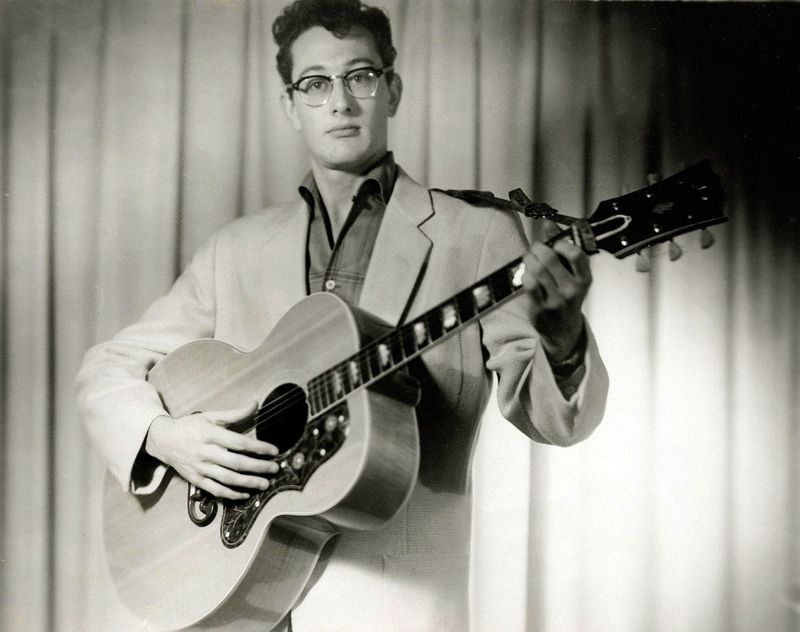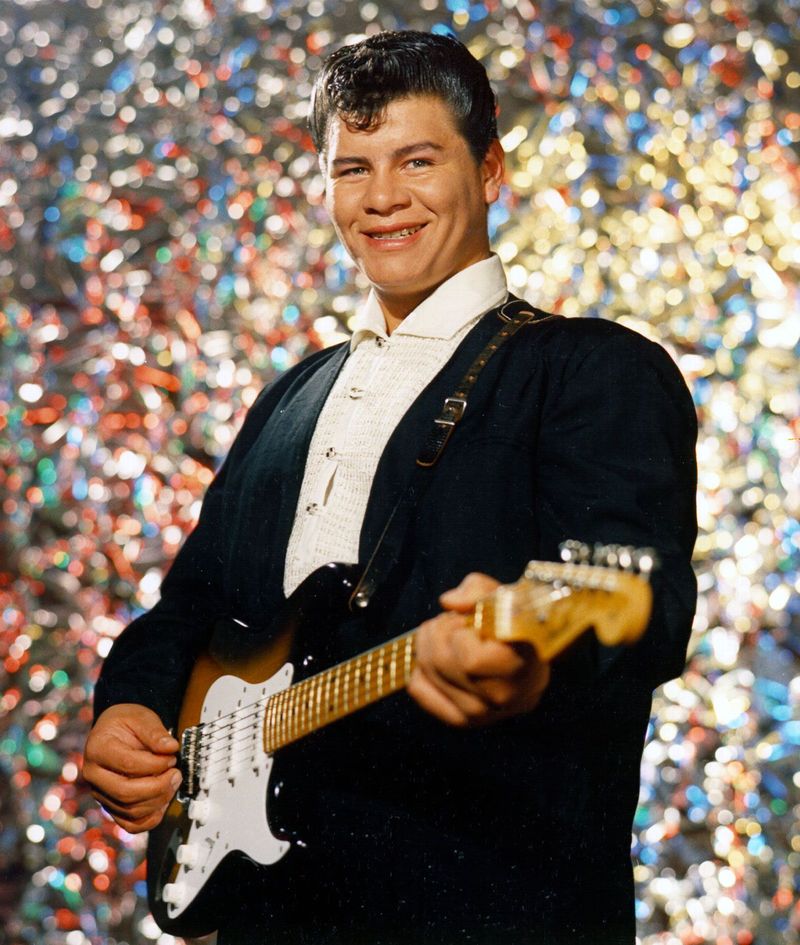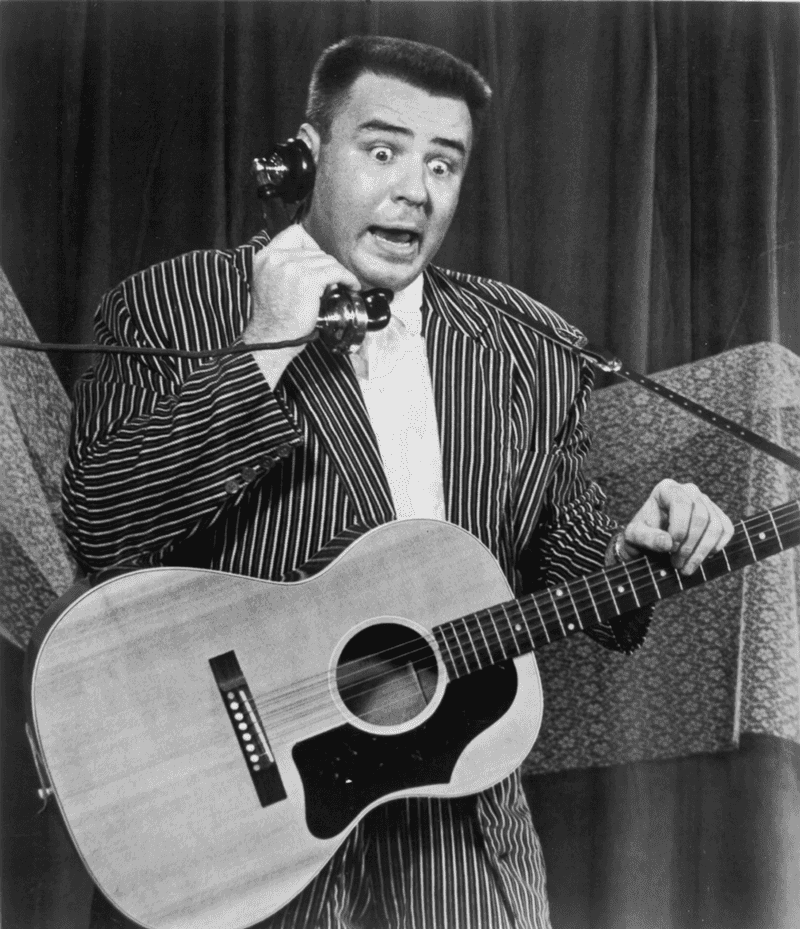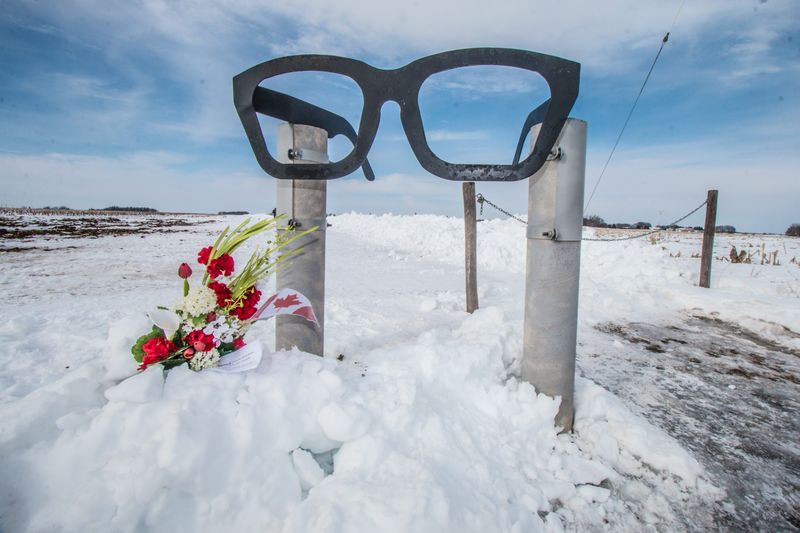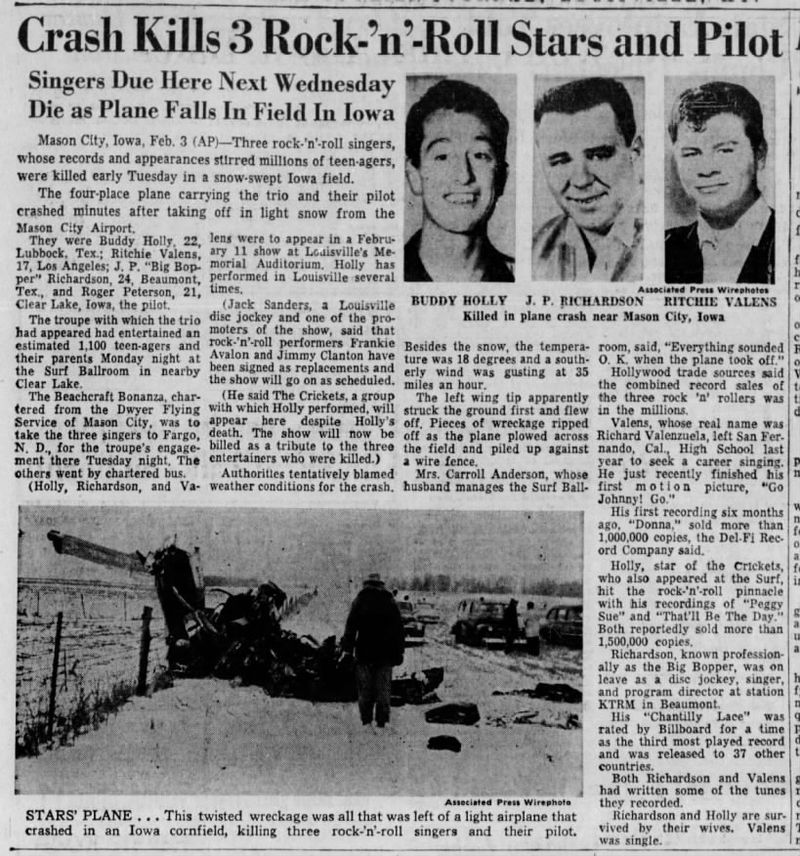The Day the Music Died marks February 3, 1959, a tragic day in rock and roll history. On this day, a plane crash claimed the lives of three pioneering musicians: Buddy Holly, Ritchie Valens, and J.P. “The Big Bopper” Richardson. The incident not only shook the music world but also left an indelible mark on pop culture, inspiring songs and memorials. This blog post explores ten aspects of this fateful event, shedding light on the musicians’ lives, the tour they were on, and the lasting impact of their untimely deaths.
1. The Winter Dance Tour Was Grueling
The Winter Dance Party tour was an arduous journey through the frigid Midwest, enduring harsh conditions in unheated buses. Musicians like Buddy Holly, Ritchie Valens, and The Big Bopper braved these challenges to perform at multiple venues. After a show in Clear Lake, Iowa, Holly, weary of the cold and long distances, decided to charter a plane. This decision was driven by the relentless pace of the tour, which took a toll on their physical well-being. Despite the freezing temperatures, their commitment to their fans never wavered, highlighting their passion for music and performance.
2. The Plane Was Only Meant for 3 People
The ill-fated Beechcraft Bonanza was intended for just three passengers, with Roger Peterson as the pilot. Buddy Holly’s bassist, Waylon Jennings, offered his seat to J.P. Richardson, who was battling the flu. Meanwhile, Tommy Allsup lost his spot to Ritchie Valens in a coin flip, a moment that would haunt him. The cramped quarters of the plane were a stark contrast to the vast, open skies it took flight in. This tragic flight was not just a means of travel but a desperate attempt to escape the relentless chill of the road.
3. The Crash Was Instant and Brutal
In the early hours of February 3, 1959, the plane crashed just minutes after takeoff. Poor visibility and Roger Peterson’s inexperience with instrument flying contributed to the disaster. The crash was immediate and unforgiving, claiming the lives of Buddy Holly, Ritchie Valens, The Big Bopper, and the pilot. The serene Iowa landscape became a site of tragedy, as the wreckage lay strewn across the snow. The shock of the crash reverberated through the music community, leaving fans and family in mourning and altering the course of rock and roll history.
4. Buddy Holly Was Only 22
Buddy Holly was a mere 22 years old, yet his influence on music was profound. He inspired legends like The Beatles, Elvis Presley, and Bob Dylan with his innovative style. Holly’s tragic death cut short a blossoming career, leaving a void in the music world. At the time of his passing, his wife, Maria Elena, was pregnant but tragically miscarried due to the shock. Holly’s legacy endures, as his pioneering techniques in recording and songwriting continue to shape modern music, reminding us of the genius lost that fateful day.
5. Ritchie Valens Was a Teen Prodigy
Ritchie Valens, just 17 years old, was a trailblazer in the world of rock and roll. As one of the first Latino rock stars, his hits “La Bamba” and “Donna” showcased his unique talent and charm. Despite his fear of flying, Valens boarded the plane that would lead to his untimely death. His youthful exuberance and groundbreaking contributions to music paved the way for future generations of Latino artists. Valens’ brief but impactful career continues to inspire, celebrating his role in diversifying the landscape of rock and roll.
6. The Big Bopper’s Last Hit Was About Death
J.P. Richardson, affectionately known as The Big Bopper, was renowned for his energetic performances and catchy tunes. His biggest hit, “Chantilly Lace,” was a playful anthem, but his final release, “White Lightning,” eerily centered on a fatal car crash. Richardson’s ability to connect with his audience through humor and relatability made him a beloved figure in music. His untimely death adds a poignant layer to his legacy, as fans remember both his vibrant personality and the tragic end that befell him, echoing themes of fate and destiny.
7. The Crash Site Became a Pilgrimage Spot
The Iowa crash site has transformed over the years into a place of homage for fans and music enthusiasts. Visitors journey to the serene cornfield where the plane went down, paying respects to Buddy Holly, Ritchie Valens, and The Big Bopper. A memorial now stands, featuring three guitar-shaped markers honoring their legacy. This pilgrimage site serves as a symbol of remembrance, where the music world lost three of its shining stars. It is a place of reflection and tribute, drawing those who wish to celebrate the enduring influence of these iconic musicians.
8. The Bodies Were Badly Misidentified at First
In the aftermath of the crash, confusion reigned as the bodies of the musicians were initially misidentified. The violent impact scattered the plane’s occupants across the field, complicating identification efforts. Buddy Holly was mistakenly identified as Ritchie Valens, while J.P. Richardson’s body was found some distance from the wreckage. This mix-up added to the anguish of the tragedy, as families and fans grappled with the loss. The somber task of correcting these identifications underscored the human element of the disaster, reminding us of the personal stories behind the headlines.
9. Don McLean’s “American Pie” Made It Legendary
Don McLean’s 1971 classic, “American Pie,” immortalized the February 3 tragedy with its evocative lyrics. The phrase “The Day the Music Died” resonated deeply, capturing the sense of loss felt by fans worldwide. McLean later revealed the song was a reflection on the innocence lost in rock and roll. This anthem not only celebrated the legacies of Holly, Valens, and Richardson but also served as a commentary on cultural shifts. “American Pie” remains a timeless tribute, reminding us of the enduring impact these musicians had on both music and society.
10. The Music Didn’t Really Die—It Evolved
Although the crash was a devastating blow to music, it marked a turning point where rock and roll evolved. Buddy Holly’s innovations, such as double-tracking vocals and distinctive guitar riffs, became standard practices. Ritchie Valens’ influence paved the way for Chicano rock, while The Big Bopper’s radio persona inspired future DJs. This evolution demonstrated that while the physical presence of these artists was lost, their creative spirit lived on, sparking new movements and inspiring countless musicians. The legacy of February 3, 1959, is one of transformation and enduring influence.




